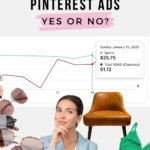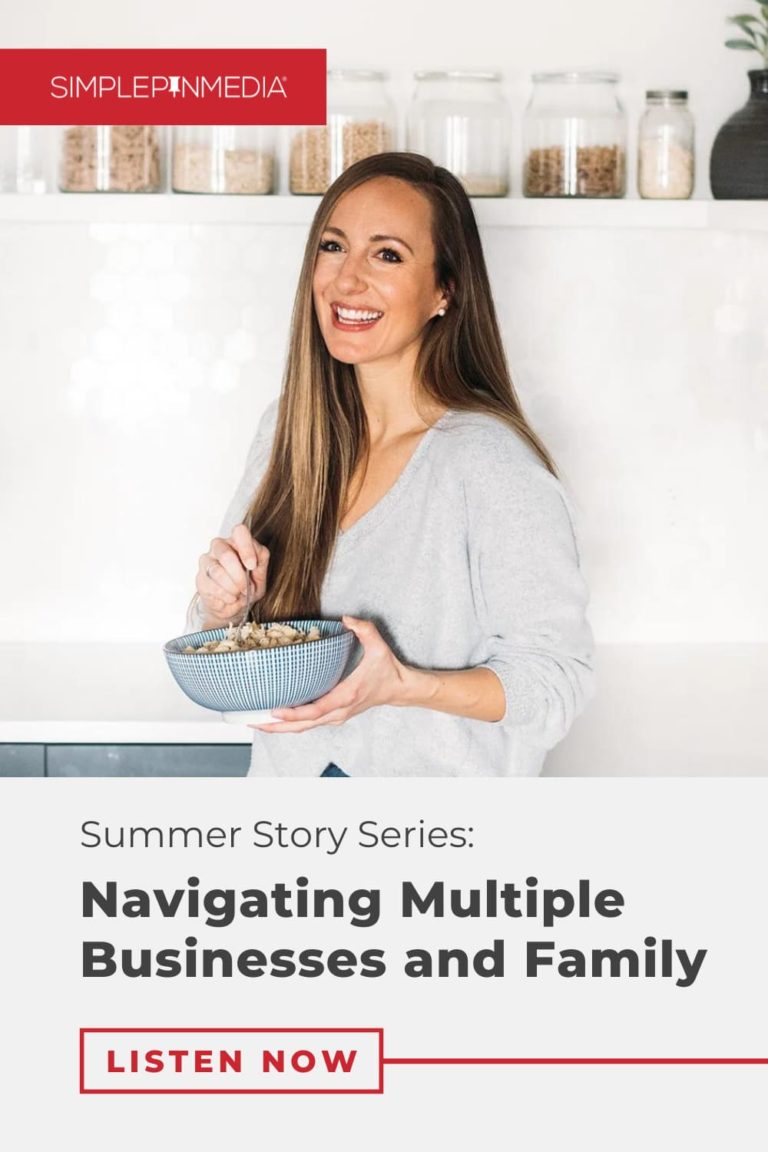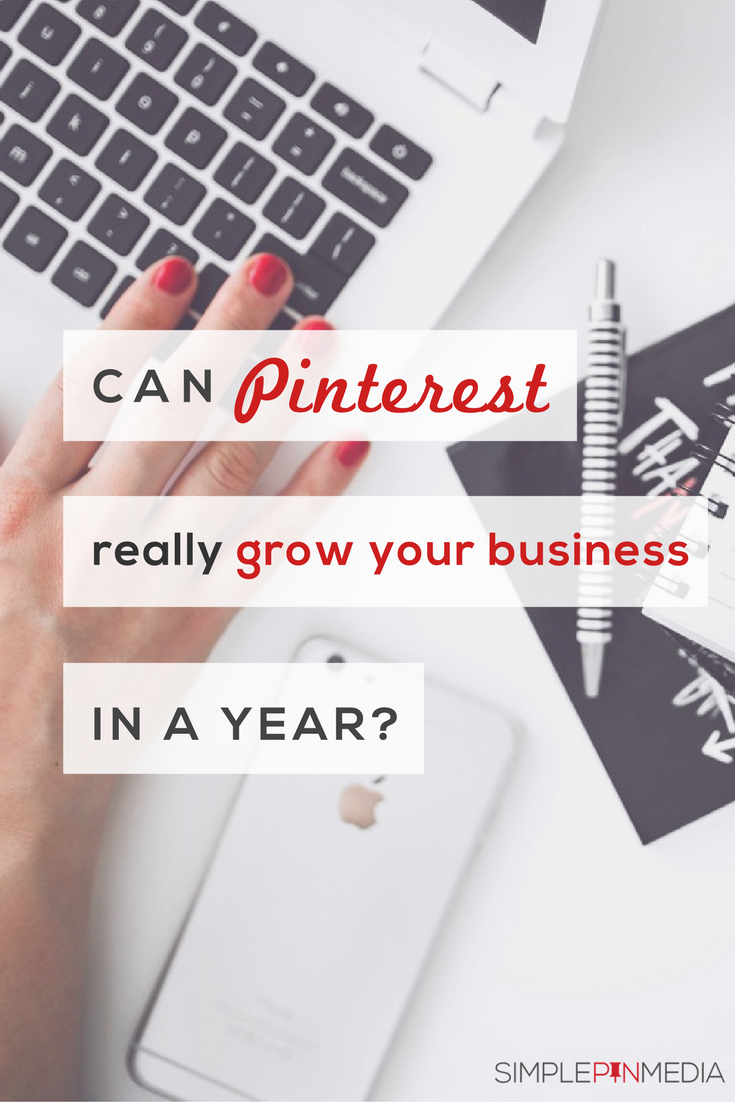Today on the podcast, I talked about the difference between Pinterest ads (paid traffic) and organic Pinterest marketing (non-paid traffic). We tackled an important question: Who should be using paid ads on Pinterest, and who shouldn’t? Plus, we explored how combining both strategies can lead to even more traffic and better results.

Who Should Be Using Organic Pinterest Marketing?
Organic Pinterest marketing is ideal for bloggers, content creators, and business owners selling both physical and digital products. Since Pinterest is a search-based platform, non-paid traffic has long-term benefits—your pins can drive visitors to your website for over 13 months. However, it is a slower process that requires patience.
That said, Pinterest isn’t the best fit for everyone. If you’re a local business, like a chiropractor or hairstylist, organic Pinterest marketing may not be effective. The platform caters to a global audience, making it harder to target local customers. Instead, businesses focused on a specific location might find better success using Instagram, Google Business, or Yelp.
Related: How Pinterest and Etsy Can Work for Your Business
Who Should Be Running Paid Ads on Pinterest?
Paid Pinterest ads work best for businesses selling products or driving conversions. If you have an e-commerce store, digital product, or lead magnet (like a free checklist to grow your email list), Pinterest ads can help accelerate your success. Ads allow you to reach a targeted audience quickly and move them through a funnel—whether that’s an email sign-up or a direct sale.
However, if your primary revenue stream is ad income or affiliate links, paid Pinterest ads likely won’t be profitable. Since you can’t predict exactly who will visit your site or what they’ll engage with, the return on ad spend often doesn’t justify the investment. Pinterest has even stated that running ads to a website overloaded with pop-ups and display ads leads to a poor user experience, making conversions difficult.
Related: Do Pinterest Ads Have a Place in Your Organic Marketing?
How to Combine Pinterest Ads with Organic Traffic for Maximum Results
One of the best strategies is to use paid ads alongside a strong organic Pinterest strategy. For example, one of our ad clients—who sells home design products—has seen a 5x return on ad spend, generating over $412,000 in revenue. In addition to their paid campaigns, we discovered they were also making $28,000 from organic traffic and $61,000 in assisted revenue, meaning people who engaged with both an ad and an organic pin. By improving their organic strategy, they were able to maximize their overall Pinterest success.
If you’re selling a product or service and haven’t tested Pinterest ads yet, 2025 is the perfect time to experiment. While some people worry that running ads decreases organic traffic, we’ve found that businesses who strategically leverage both see incredible results.
Related: The New Pinterest AI Tool for Ads: Performance +
Ready to Get Started with Pinterest Ads?
If this has sparked your curiosity about Pinterest ads, we’re here to help. You can hire us to fully manage your Pinterest ads or book a one-hour consultation to walk you through setting them up the right way. If you prefer a DIY approach, grab our free Pinterest ads checklist at simplepinmedia.com/ads.
Have you tried Pinterest ads before? What was your experience? Let me know in the comments, I’d love to hear from you! And don’t forget to follow along for more Pinterest marketing tips.








